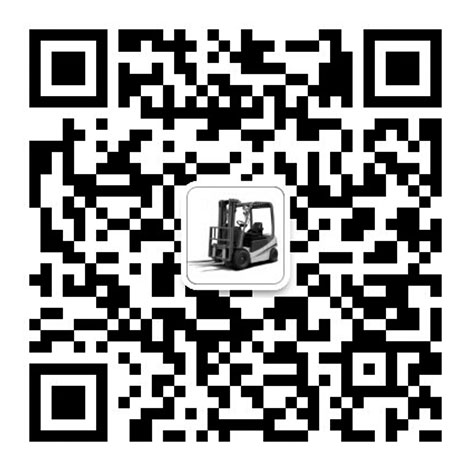Boarding bridge: a bridge builder in the logistics field
In the modern logistics industry, the boarding bridge plays an indispensable role as an important auxiliary equipment. It is not only a bridge between forklifts and trucks, but also a key tool for achieving fast and safe loading and unloading of goods. This article will delve into the definition, classification, functions, and wide applications of boarding bridges in various industries.
Definition of boarding bridge
Boarding bridge, as the name suggests, is a device used to build a bridge between forklifts and trucks, aimed at facilitating the loading and unloading of goods. It uses height adjustment function to build a bridge between the storage platform and the truck, allowing forklifts and other handling vehicles to directly enter the interior of the truck for batch loading and unloading of goods. This device not only improves work efficiency, but also ensures the safety of homework.
Classification of boarding bridges
Boarding bridges can be classified into various types based on their characteristics and uses, but they can mainly be divided into two categories: mobile boarding bridges and fixed boarding bridges.
Mobile boarding bridge: This type of boarding bridge is widely used in places without fixed loading and unloading platforms or in scenarios where mobile loading and unloading of goods is required. It can automatically adjust according to the height of the truck compartment, achieving a tight fit with the truck. Mobile boarding bridges usually use manual hydraulic lifting, without the need for external power supply, saving time and effort. In addition, some high-end models can also be equipped with fully electric walking drive wheels, which can be flexibly moved by a single operator.
Fixed boarding bridge: Fixed boarding bridge is a specialized auxiliary equipment designed specifically for fast loading and unloading of goods. It is usually installed in a fixed position in the warehouse or cargo platform, and through height adjustment function, it forms a stable bridge between the truck and the cargo platform. Fixed boarding bridges are usually composed of mechanical systems, hydraulic systems, and electrical systems, and have the characteristics of strong load-bearing capacity and good stability. It only requires single person operation to achieve fast loading and unloading of goods, greatly improving work efficiency.
Functions and advantages of boarding bridge
Improving loading and unloading efficiency: The boarding bridge is built to allow forklifts and other handling vehicles to directly enter the interior of the truck for loading and unloading operations, reducing the frequency of cargo handling and manual labor intensity, thereby greatly improving loading and unloading efficiency.
Ensuring homework safety: The height adjustment function of the boarding bridge can automatically adjust according to the height of different truck compartments, ensuring that forklifts and other handling vehicles can smoothly enter and exit the truck, effectively preventing safety accidents caused by height differences.
Strong adaptability: Both mobile and fixed boarding bridges have strong adaptability. They can be widely used in logistics hubs such as warehouses, distribution centers, docks, stations, airports, as well as industries such as manufacturing, food and beverage, pharmaceutical manufacturing, and electronic component production.
Reduce labor costs: The use of boarding bridges reduces the frequency and intensity of manual handling, thereby lowering labor costs. At the same time, it also improves work efficiency and brings greater economic benefits to the enterprise.
The application of boarding bridges in various industries
Storage and logistics industry: In warehouses and distribution centers, gantry cranes are often used to transport goods from the ground to shelves or inside containers, or from high places to the ground, in order to achieve fast and efficient loading, unloading, and stacking of goods.
Manufacturing: In manufacturing, gantry cranes can be used for material transfer between production lines, as well as for transferring raw materials and finished products from production lines to warehouses or transport vehicles. This helps to improve production efficiency, reduce labor costs, and ensure smooth production processes.
Dock and transportation industry: In transportation hubs such as docks, stations, and airports, boarding bridges can be used to transport goods from the ground to trucks, containers, or airplanes, or from high places to the ground. This helps to accelerate the transportation speed of goods, improve transportation efficiency, and ensure the safety of goods.
Other industries: In industries such as food and beverage, pharmaceutical manufacturing, and electronic component production, gantry cranes have also been widely used as efficient and safe cargo transportation equipment. These industries have extremely high requirements for hygiene and safety in the production environment, and the use of boarding bridges helps ensure the smooth progress of the production process and the quality and safety of products.
epilogue
As an important auxiliary equipment in the modern logistics industry, the boarding bridge has won wide recognition and application for its high efficiency, safety, and strong adaptability. With the advancement of technology and changes in market demand, the application areas of boarding bridges will continue to expand. In the future, we have reason to believe that boarding bridges will play a more important role in the logistics industry, bringing greater economic and social benefits to enterprises.


